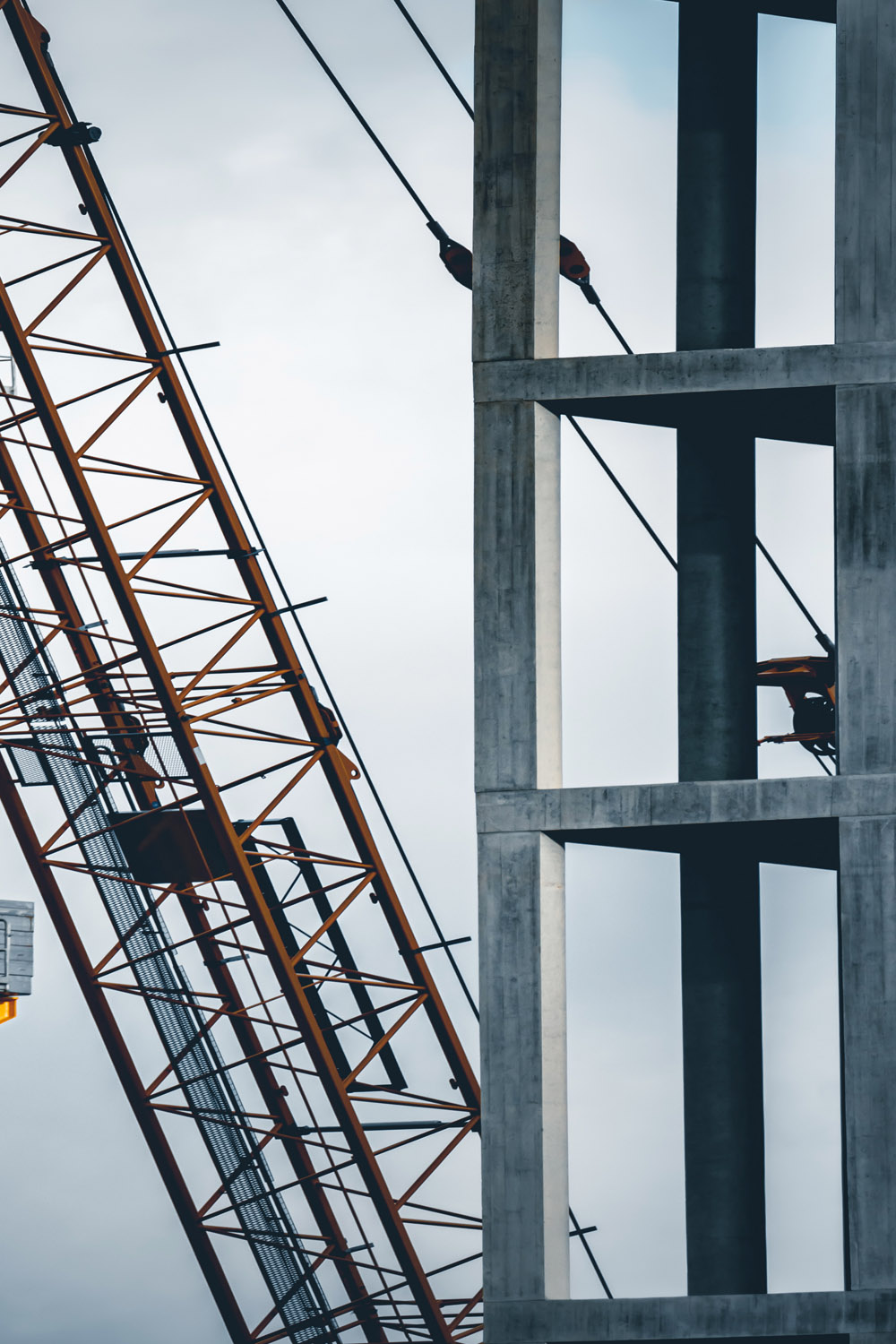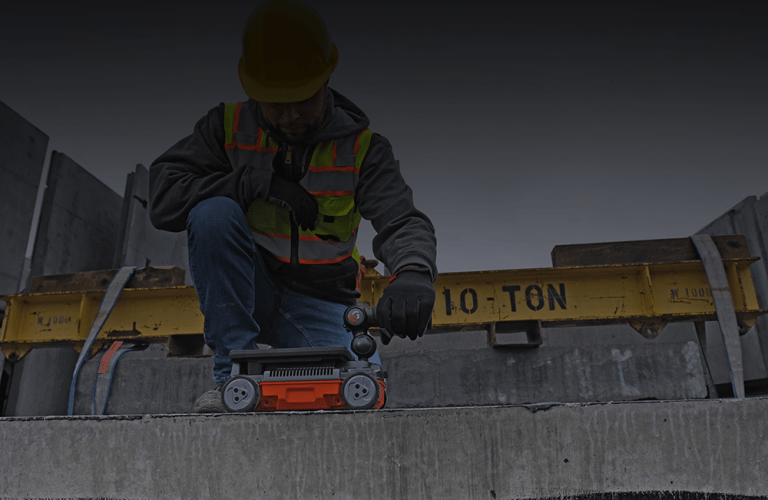RainierGPR Service Areas: Comprehensive Insurance Coverage for Concrete Scanning
RainierGPR Service Areas: Comprehensive Insurance Coverage for Concrete Scanning
Blog Article
Concrete Scanning: An Essential Step In The Direction Of Making Certain Structural Honesty and Security
In the realm of construction and infrastructure maintenance, the value of concrete scanning can not be overemphasized. This precise procedure holds the key to introducing prospective risks concealed underneath the surface area of seemingly strong structures. By using innovative modern technology and approaches, concrete scanning functions as an essential tool in guaranteeing that the integrity and security of bridges and structures are upheld to the highest possible requirements. However, beyond its surface-level effects, the function of concrete scanning expands far much deeper than meets the eye.
Relevance of Concrete Scanning
Concrete scanning plays a vital role in guaranteeing the architectural stability and security of buildings and framework tasks. By utilizing innovative innovations such as ground-penetrating radar (GPR) and electro-magnetic induction, specialists can non-destructively inspect concrete structures to discover potential defects, spaces, embedded objects, and support format. This procedure enables early detection of anomalies that might compromise the security of a structure, avoiding expensive problems and making certain the security of owners.
Prior to boring, cutting, or coring into concrete, scanning aids identify the precise areas of rebar, post-tension wires, and other embedded aspects, minimizing the risk of unintended hits that might lead to architectural weaknesses. In addition, concrete scanning aids in top quality control by confirming the thickness of concrete covers and discovering any disparities that may influence the general toughness of the structure.
Technology for Concrete Assessment

Advantages of Very Early Discovery
Prompt discovery of architectural problems can significantly mitigate risks and ensure the longevity of construction jobs. By determining prospective problems at an early stage in the construction process, stakeholders can take proactive steps to address issues prior to they intensify into larger and extra pricey issues. Among the key advantages of very early detection is the prevention of structural failures, which can position serious safety and security dangers and lead to task hold-ups and economic losses.
In addition, very early detection allows for prompt fixings and maintenance, which can help prolong the life expectancy of the structure. By resolving problems promptly, building and construction groups can prevent costly repairs and even the need for early substitute of structural elements. This proactive strategy not only conserves money and time yet likewise boosts the general safety and security and toughness of the building task.
Furthermore, very early detection can boost project preparation and decision-making by providing stakeholders with important understandings into the problem of the structure. Equipped with this info, job supervisors can make informed options regarding construction materials, timelines, and methods, resulting in extra effective and efficient project end results.
Making Sure Structural Stability
Guaranteeing the structural stability of a building job is vital to its safety and security and durability. Concrete scanning plays a vital function in making certain architectural stability by discovering potential concerns such as gaps, delamination, or support rust that might compromise the honesty of the framework over time.
By using sophisticated scanning technologies like ground-penetrating radar (GPR) and electromagnetic induction, building and construction specialists can non-invasively evaluate concrete frameworks to identify locations of worry below the surface. This proactive strategy enables the early discovery of defects or weak points, making it possible for timely repairs or support to stop architectural failings.
Normal concrete scanning throughout different construction stages and throughout the life cycle great site of a framework can help maintain its stability, reduce dangers, and guarantee the security of occupants. By focusing on structural stability via concrete scanning, building projects can improve their resilience and resilience, ultimately contributing to better security and long life.
Protecting Against Crucial Failings
To protect versus catastrophic events, precise surveillance and positive upkeep are vital in avoiding essential failings within structural structures. Spotting prospective issues prior to they escalate is essential to protecting against structural failures. Implementing routine assessments, such as concrete scanning, can disclose hidden problems like gaps, cracks, or corrosion that might jeopardize the honesty of a structure. By making use of sophisticated scanning modern redirected here technologies like Ground Passing through Radar (GPR) or Concrete X-ray, designers can non-destructively assess the condition of concrete and determine weak factors that need support or fixing - RainierGPR Service Areas.

Conclusion
Finally, concrete scanning plays a vital function in making sure architectural stability and safety by utilizing innovative modern technology for very early discovery of prospective problems. This proactive strategy aids protect against essential failings and makes sure the stability of frameworks. It is crucial to prioritize concrete Related Site inspection as a typical technique to safeguard the longevity and safety of structures and facilities.
Concrete scanning plays a vital role in making certain the structural integrity and safety of structures and infrastructure tasks. Furthermore, concrete scanning aids in quality control by verifying the density of concrete covers and finding any type of inconsistencies that might affect the general longevity of the framework. Concrete scanning plays a crucial role in making sure architectural security by detecting prospective problems such as voids, delamination, or reinforcement rust that might endanger the honesty of the framework over time.

In conclusion, concrete scanning plays a crucial role in making certain structural integrity and safety by utilizing advanced modern technology for early detection of possible concerns.
Report this page